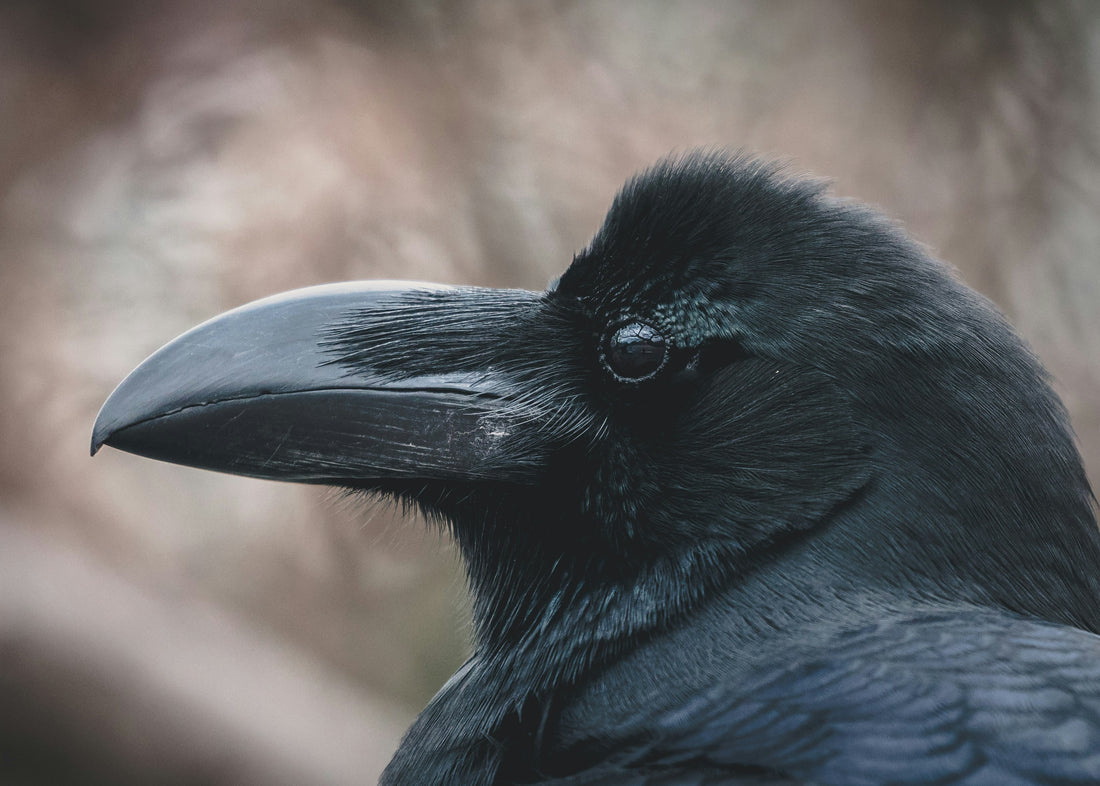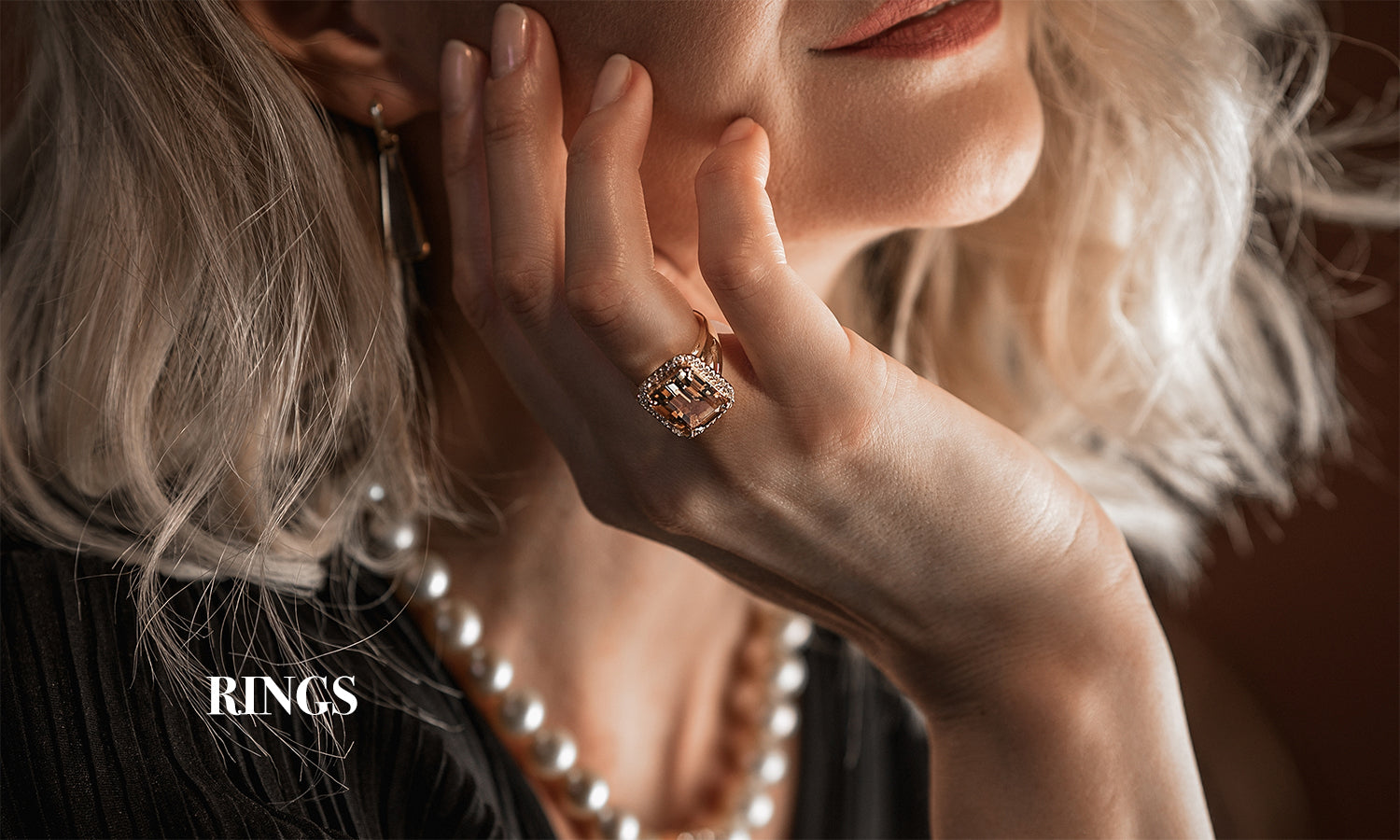In Norse mythology, Odin’s ravens, Huginn (Thought) and Muninn (Memory), are iconic symbols of his vast intellect and wisdom. These ravens play a crucial role in Odin’s quest for knowledge, serving as his eyes and ears throughout the world. Each day, they fly across the earth, gathering information, and return to Odin to whisper their findings into his ear. This unique ability allows Odin to be the most informed deity in the pantheon.
The Prose Edda, authored by Snorri Sturluson in the 13th century, offers a vivid portrayal of Odin's reliance on his ravens. In one passage, Odin expresses his anxiety about their return: "For Huginn I fear lest he come not back, yet more anxious am I for Muninn."
The Poetic Edda, particularly in the poem "Grímnismál," further elaborates on this relationship. The poem describes how the ravens depart from Odin’s shoulders each morning to traverse the world and return at mealtime, underscoring their role in the continuous cycle of seeking and delivering wisdom.
Valkyries and Ravens
While the sagas do not explicitly link ravens with Valkyries, there are poetic connections worth noting. In various skaldic poems and Eddic verses, the imagery of ravens is often used to describe battlefields. Terms like "raven-feed" or "raven-harvest" refer to the dead left on the battlefield, which ravens would consume. Valkyries, who choose slain warriors to take to Valhalla, share a thematic connection with this imagery through their battlefield associations.
Ravens in Norse Sagas
Ravens appear throughout Norse sagas, symbolizing war, wisdom, and prophecy. Here are some notable examples:
-
The Saga of the Volsungs: Ravens, possibly Huginn and Muninn, appear in the story of Sigurd, who, after slaying the dragon Fafnir, receives crucial advice from these birds. This guidance helps him uncover a plot against him.
-
Egil’s Saga: The poet and warrior Egill Skallagrímsson likens himself to a raven in his poetry, using the raven as a metaphor for warriors and their connection to battle.
-
Harald's Saga: In the Heimskringla, King Harald Hardrada is depicted using a raven banner known as the "Landeythan." This banner was believed to be enchanted and would flutter before a victory, symbolizing the raven’s role as a battle emblem.
-
The Saga of Hrafnkell, Frey's Priest: The protagonist is named after the raven (Hrafn in Old Norse), highlighting the raven's significance in names and religious practices, even if the saga does not feature mystical ravens directly.
The Raven Banner
The raven banner, associated with figures like Ragnar Loðbrók, is a prominent symbol in Norse history and mythology:
-
Anglo-Saxon Chronicle: The banner is mentioned during Viking raids in England, noted for its magical properties. It was believed that the raven depicted on the banner would flap its wings before a victory.
-
Norse Sagas: In sagas detailing Ragnar Loðbrók’s sons, the raven banner symbolizes divine favor and the right to rule. It is portrayed as a powerful military standard that embodies Odin’s support.
-
Heimskringla: Snorri Sturluson’s collection mentions the raven banner used by leaders like Harald Hardrada. The banner was seen as both a blessing and a curse, promising victory but also foretelling the bearer’s death.
These historical and mythological sources underscore the raven banner’s significance as both a practical battle standard and a potent symbol of power and protection in Norse belief.
For a range of Norse raven-themed items, including t-shirts, jewelry, and drinking horns, explore our collection at Sons of Vikings.





